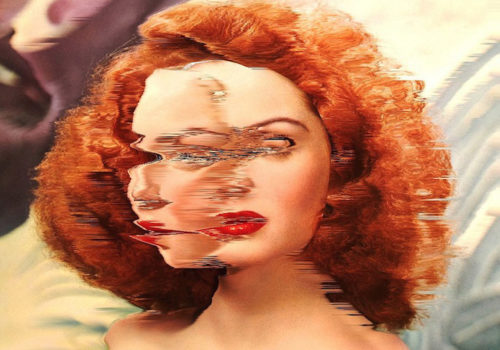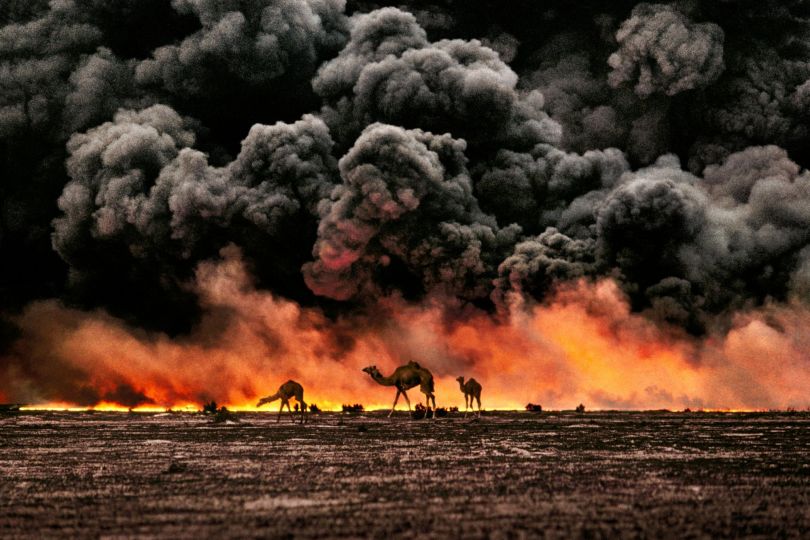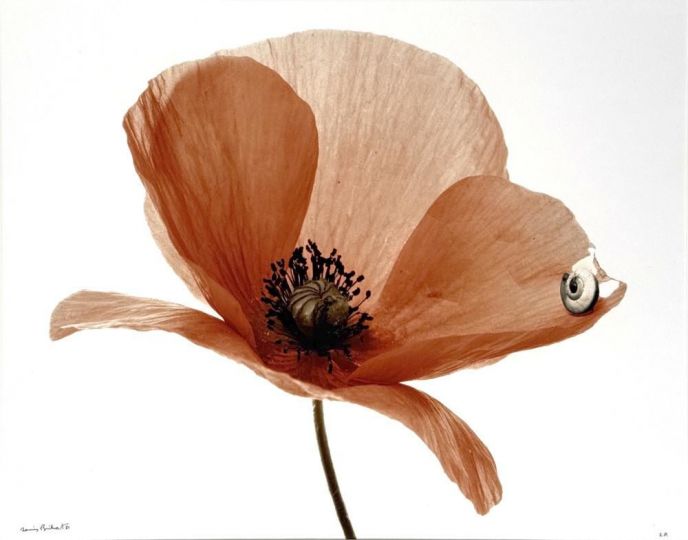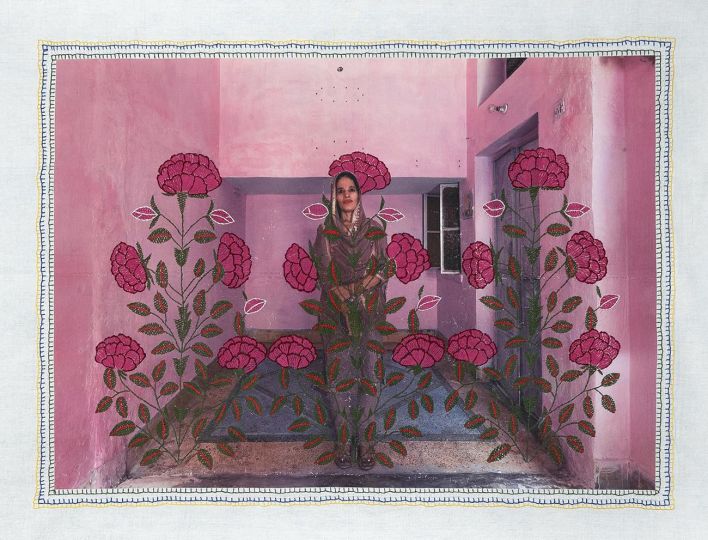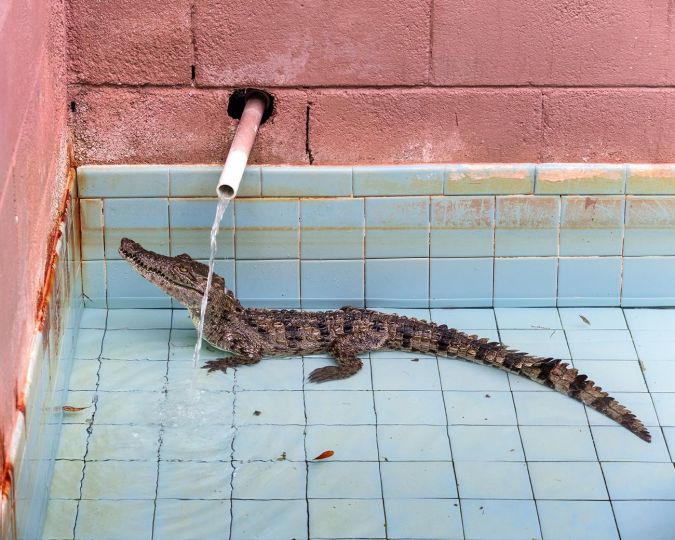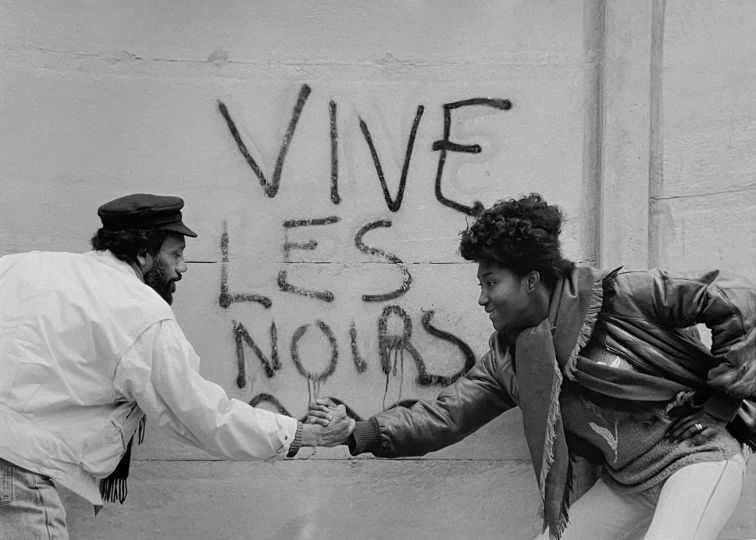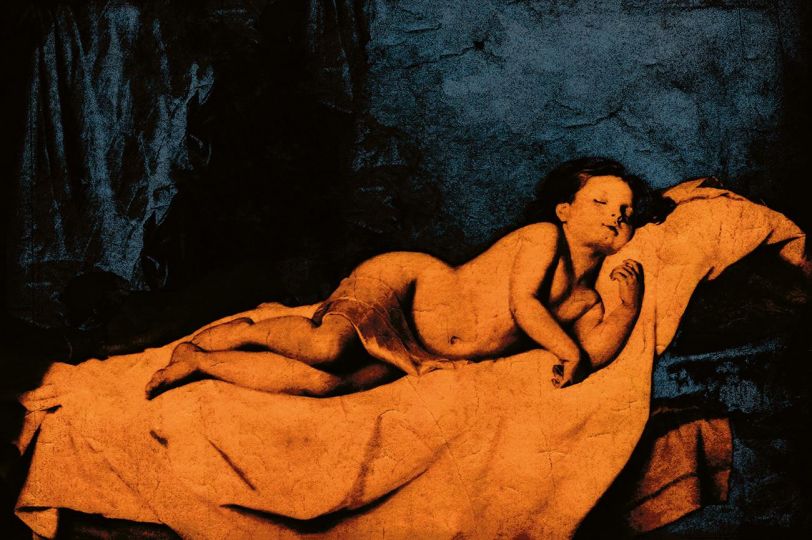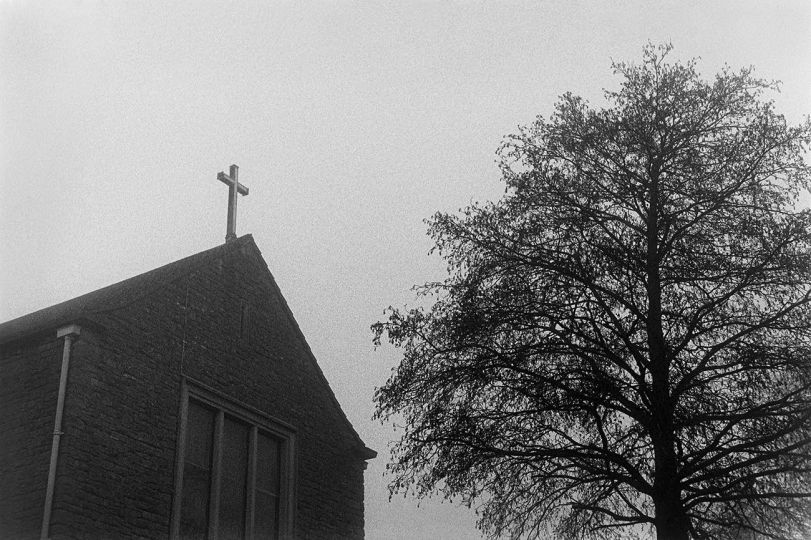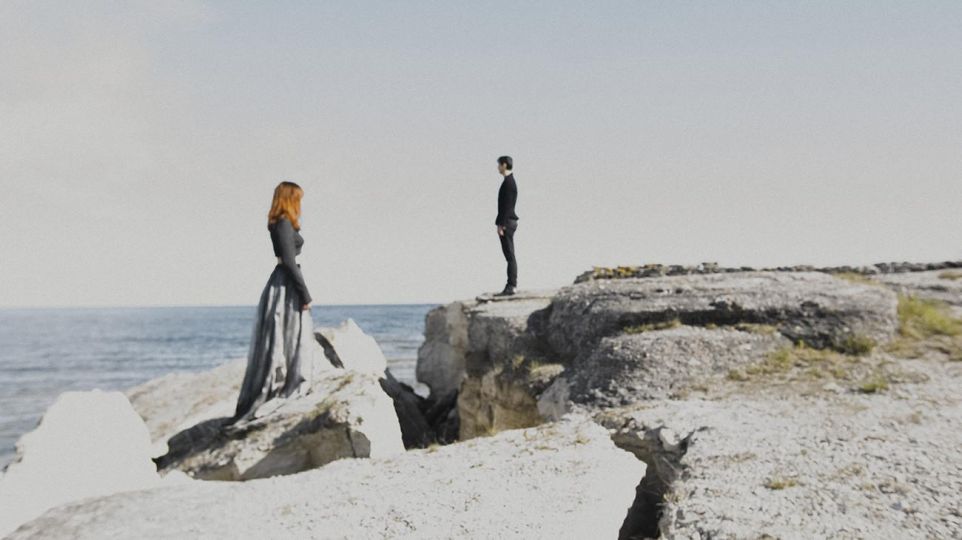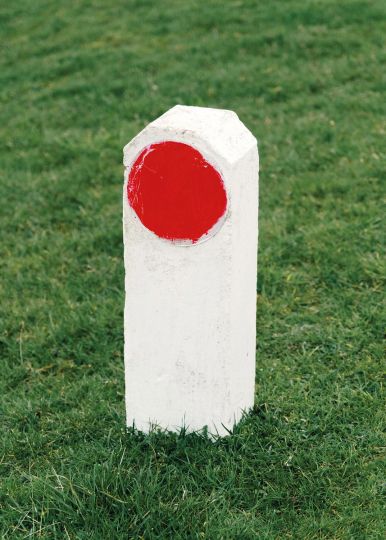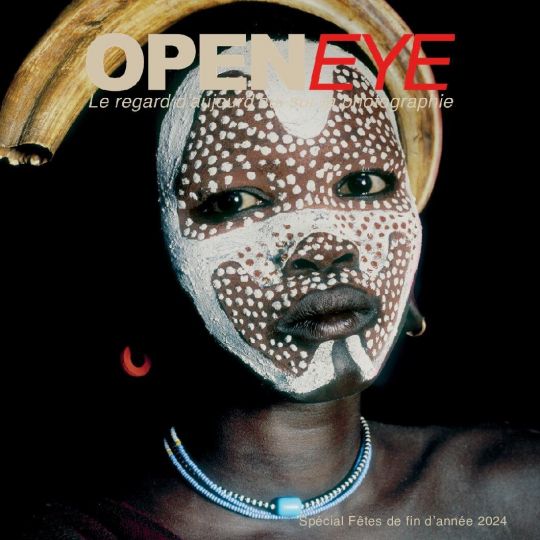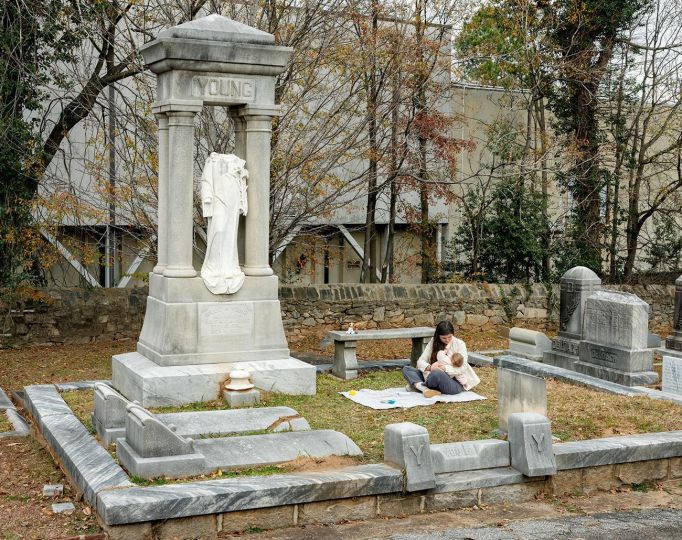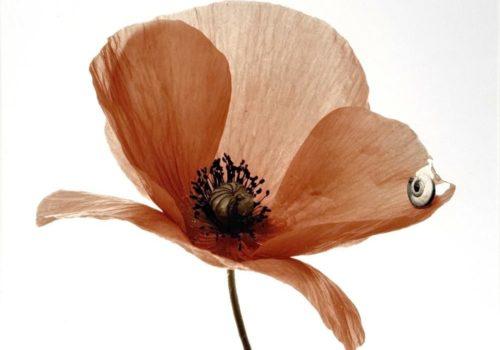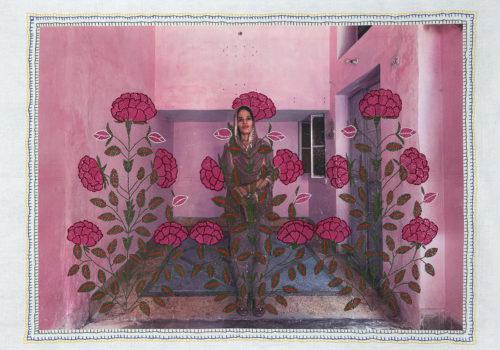For David Szauder, a Hungarian artist based in Berlin, human memory is similar to a computer’s hard drive. All of our memories are sorted into folders and subfolders which our brain accumulates like a giant catalogue of jpeg files. While each detail may seem clear and distinct at the time, when retrieved years later from the depths of our minds it’s not uncommon for the memories to be altered or damaged like a corrupt computer file. In programming terms, they’re bugging.
Szauder isn’t the first to consider the visual possibilities of a computer glitch. Whereas a glitch might strike fear into the heart of a programmer after a sleepless night of coding, the artist sees a new aesthetic form for images in the digital era. Even the self-centered American rapper Kanye West used the trend in his music video “Welcome to Heartbreak,” where the compression artifacts are left visible, and his face appears fluorescent and pixelated. The style has been referred to as “Glitch Art” or “DataBending.”
To manipulate his photographs and give the impression of a glitch, Szauder uses an application for Android that he developed himself, Touch.gl, which has played an important role in the Glitch Art movement. It allows users to cause abnormalities in the images without being able to control them. The result creates surrealist portraits, somewhat like our own distorted memories.

